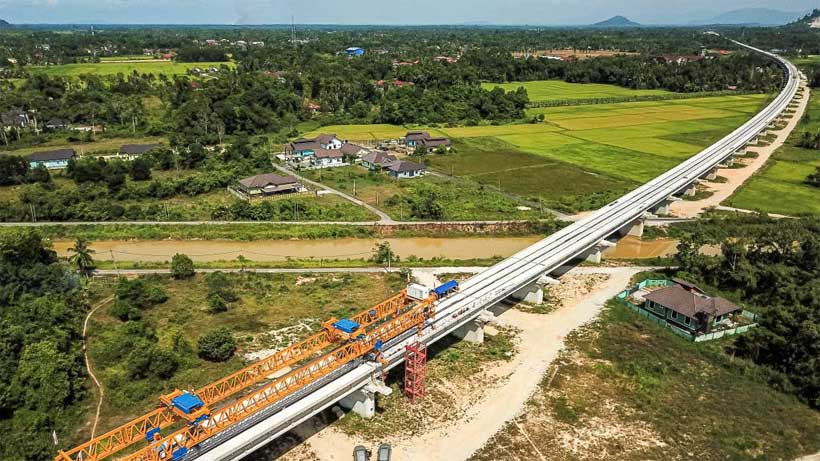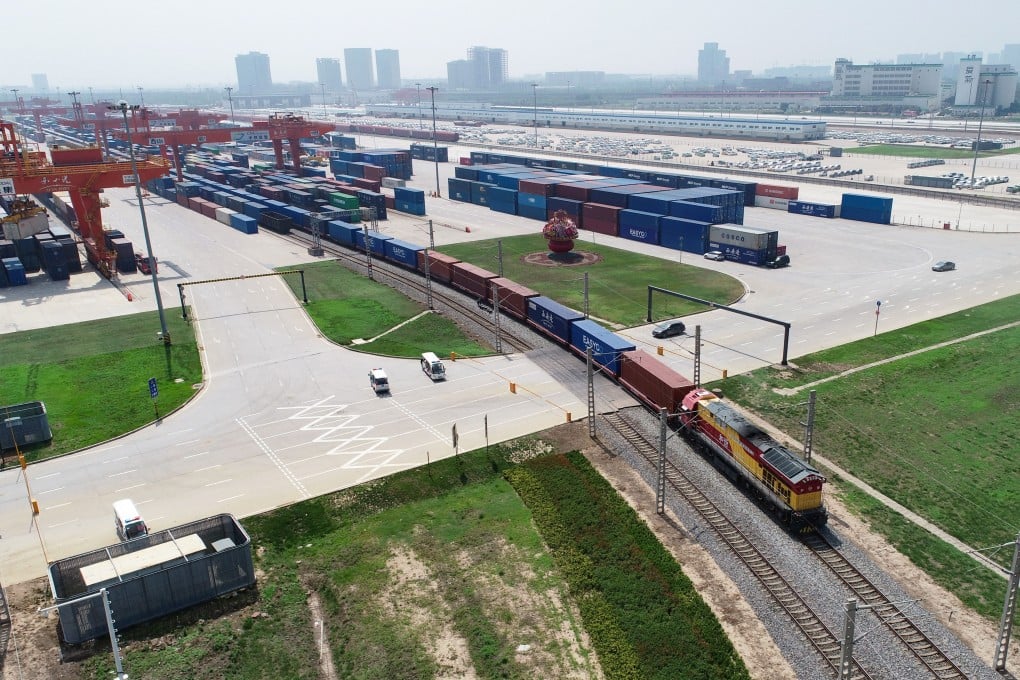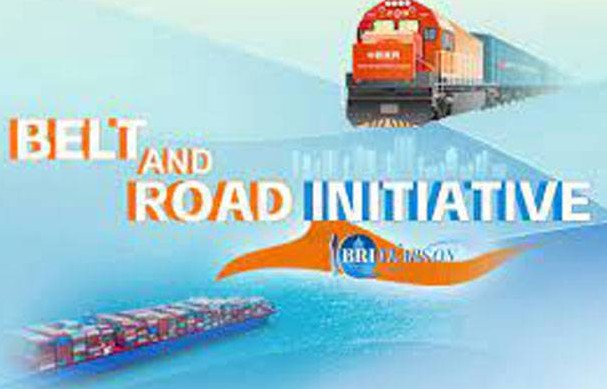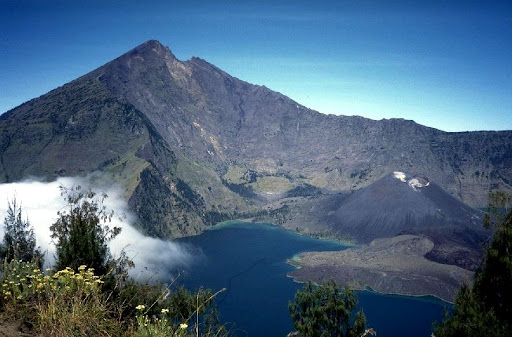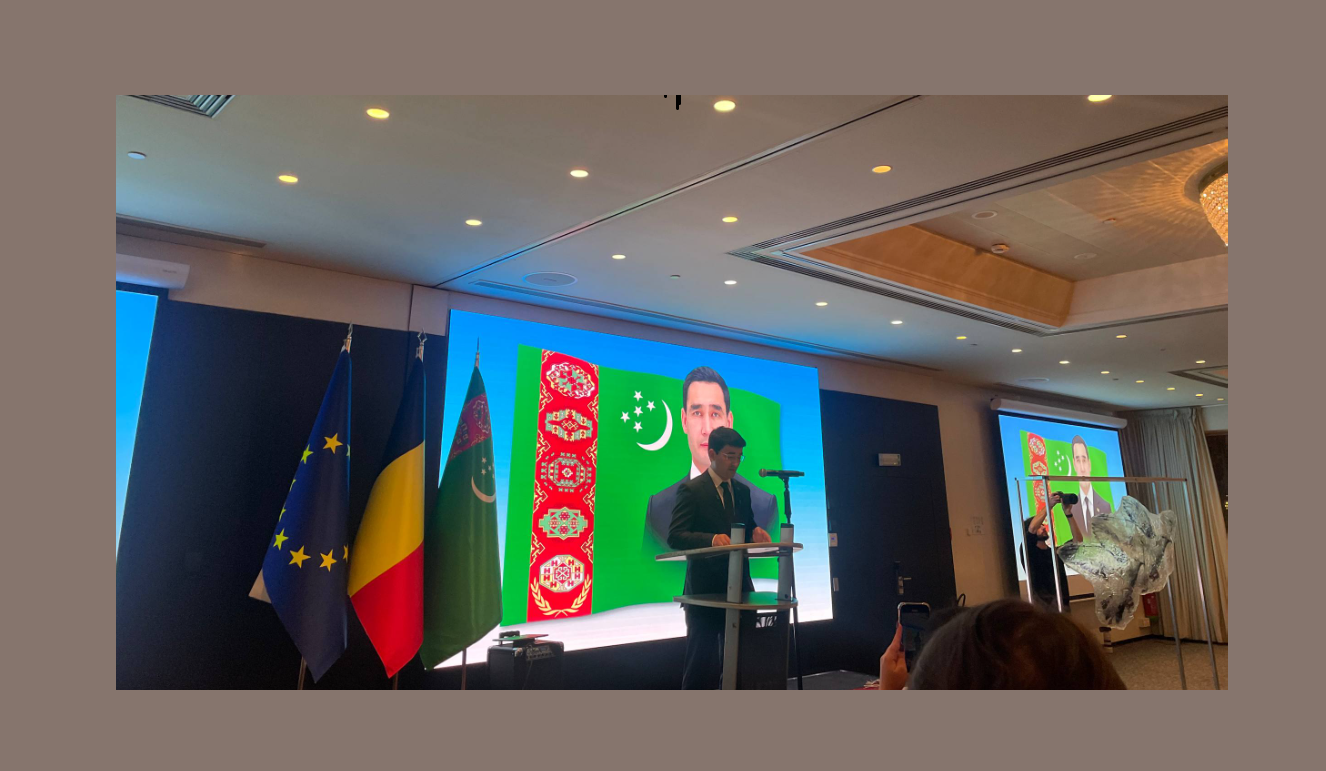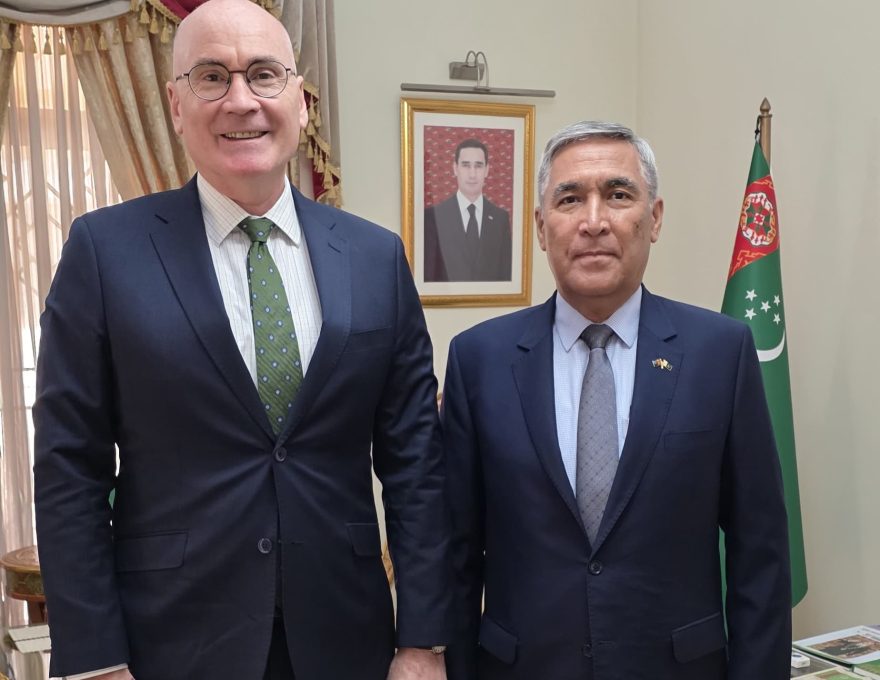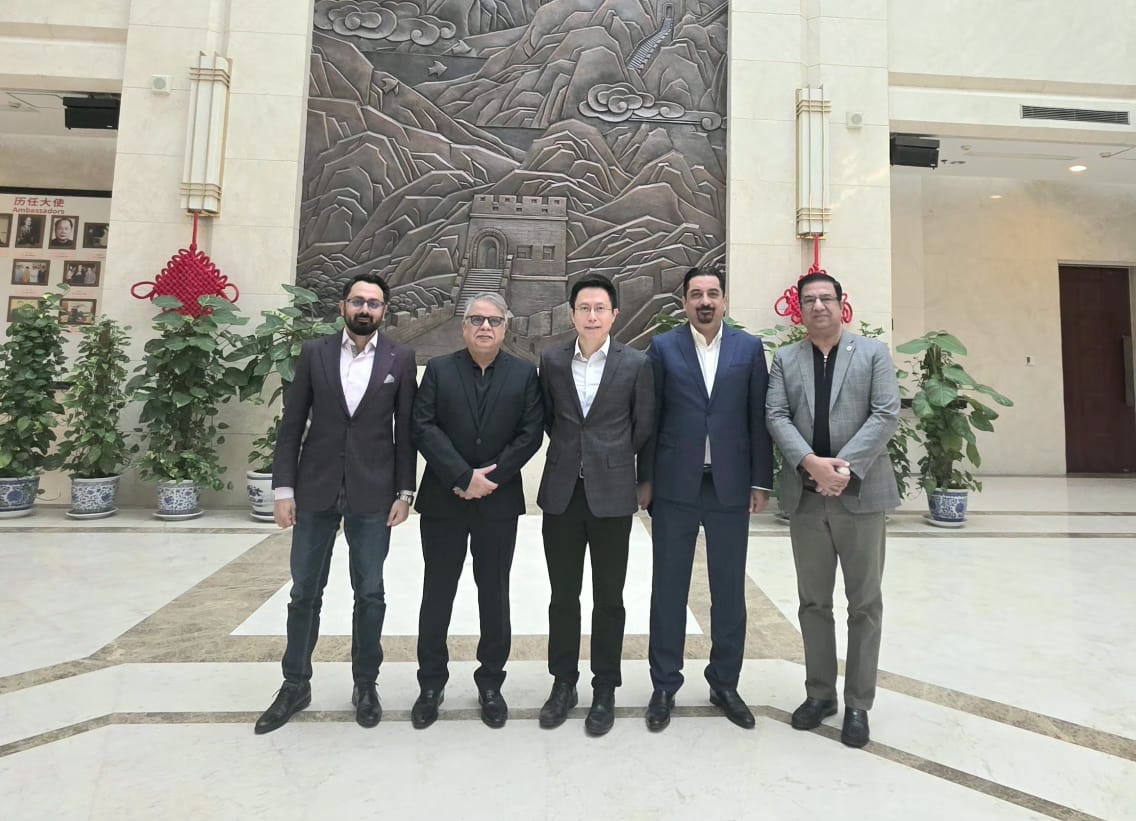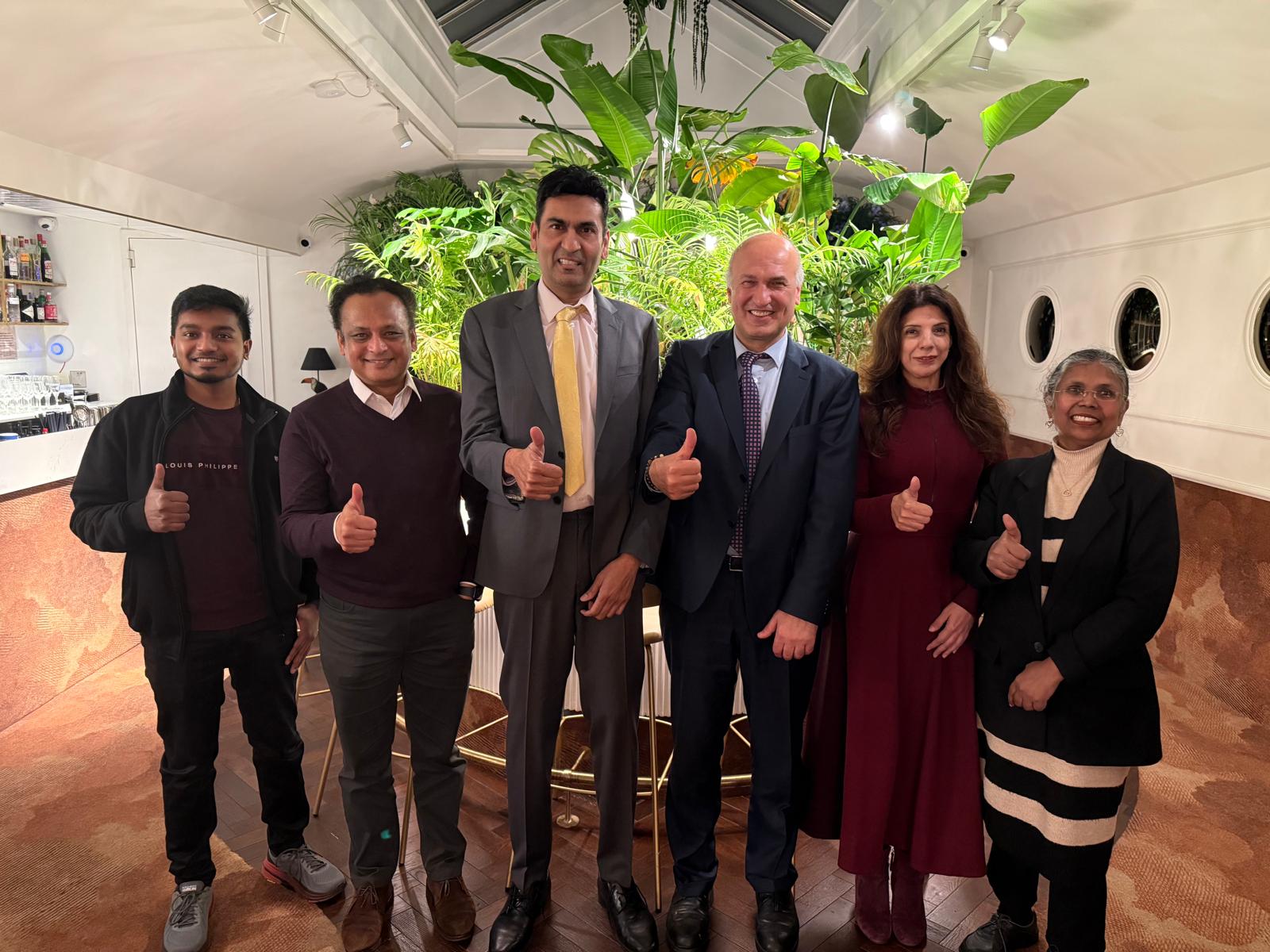An initiative that began in 2013 brought forth gateways and many opportunities for nations to connect with one another. An interconnected world is a world without conflict. Reducing the likelihood of conflict by increasing the cost of war and decreasing the cost of cooperation. Launched in 2013, China’s BRI has emerged as one of the most successful and ambitious projects in modern history. Involving billions of dollars and investment across more than 140 countries. With its sheer scale and development, it can’t be denied or ignored. His Excellency President Xi has thought of a world connected by ideas, and culture with this BRI as its bulwark.
But with increasing progress comes intervention of criticism of hostile nations with hostile intent. Many have criticized this as “debt trap” or in formal words “Thucydides trap”. Especially the western world has made it a part of their narratives and academics to label it as a China’s expansionist project, while ironically ignoring their expansion through BDNs. (Blue Dot Network) Well, after a thorough examination, it is obvious that it is more of a complex bargaining process where nations who have heavily invested look for insurances and those who are relatively weaker must put forth something or risk their position. Honestly, it’s basic math and rational thinking. Again ironically, western powers also expect the same but have chosen to remain silent and have pinned it beneath promises of development and whatnot. It’s a complex bargaining process rather than evidence of an all-government approach to pressure countries for political gain.
THE ORIGIN AND FLAWED LOGIC OF THIS NARRATIVE
Despite the achievement of the BRI, the initiative has proven to be a significant burden on developing countries finances with Western writers have a habit of citing many examples of this narrative by mentioning Hambantota port in Sri Lanka, which is nothing short of a textbook case. Which has been signed in 2017, and it’s a 99-year lease to China Merchant Port (CM Port). The company paid about 1.2 billion dollars, which has helped Sri Lanka to pay off some of its debt. Some labeled it as China’s debt trap, as the accusation showed concerns over Sri Lanka’s loss of control over its own territory. But what they failed to see was that the money spent on the port helped Sri Lanka recover from its crisis, which shows the quick thinking on their government’s behalf rather than any predatory ambitions of China. Recalling what former US president Joe Biden said, “Debt and Noose agreement”. But on the contrary, China has helped with over 240 billion dollars for other countries to bail out about 22 countries from 2008 to 2021 and has renegotiated about 78 billion dollars of debt from 2020 to 2022. Some experts also have raised concerns about BRI’s adverse effects on the environment, including greenhouse gas emissions. Countries such as Kenya, Bangladesh and Vietnam have opposed coal projects. Responding to environmental concerns as well as the slowing of its economy because of the COVID-19 pandemic, China announced that the BRI would focus on smaller scale projects, which are also environmentally friendly and safe for the future of our green projects. China also pledges to halt finances to the coal powered industries. Since the announcement, there has been a shift from investment in coal-fired power plant projects to renewable energy projects.
WHY IS IT MORE OF A WAY FORWARD AND LESS OF A WAY BACKWARDS?
Going randomly but this BRI project helped Croatia realize century-old dream as Peljesac Bridge opens to traffic. As a key project in Croatia, the Peljesac Bridge connects the Croatian mainland with Peljesac peninsula of its southern most Dubrovnik-Neretva county, bypassing a short strip of land belonging to Bosnia and Herzegovina, and giving Croatia better access to the area. Focusing on its opportunity to build economic and social developments, we see that BRI allows China to strengthen relations with Russia by infrastructure projects. Russia is large but Siberian territory remains almost untouched and isolated from the world, causing it to be underdeveloped in terms of road, railways and ports. The Rail and Road sector of this initiative has extended from Nort East China through Siberia to Moscow is underway. Project in North Pole to open is a big area for economic development is also unprecedented. Also, the CAR states, Turkmenistan, Tajikistan, and Kyrgyzstan are enthusiastic to work with BRI, along with Russia and China, have developed collaborative mechanisms to handle all relevant projects to develop their longtime isolated place with BRI projects. Central Asia is opening its doors to connect itself with China’s Xinjiang province, all the way from east to Afghanistan, Pakistan, India, Iran, Middle East and Europe.
ASEAN nations have been brought closer through BRI. Projects carried out in Indo-China Peninsula involving 5 nations namely Laos, Cambodia, Myanmar, Thailand and Vietnam have integrated the region economically, socially and geographically. A train project starting from Kunming through Laos has been completed. A further connection top Thailand, Cambodia and Vietnam are also in the process. Riverway of Mekong Rivers has linked five nations together with trade, investment and transportation. Projects carried out in Malaysia with a railway across Malay Peninsula between Klang Port in Strait of Malacca to port of Kuantan in South China Sea Is also under construction. A high-speed railway between Bandung and Jakarta has been completed. It shortens the travelling time from nearly 4 hours to only one hour, connecting tens of millions of people between the two cities. Several ports are being planned under BRI in Java, Sumarta, Sulawesi and Kalimantan. These ports are badly needed for Indonesia which is divided into thousands of islands. Inadequate port facilities have already failed to relocate overcrowded population in Java Island, over 60% of the population of the country.
We need to understand the severity of this project’s completion, this is more than just a mere project, it will decide the fate of our development’s survival, and if we need to move into a new age, move with promises and assurances of development, and promises of retribution.

Participant of ICSF-UoS Fellowship Program 2025-26 at University of Sargodha.



